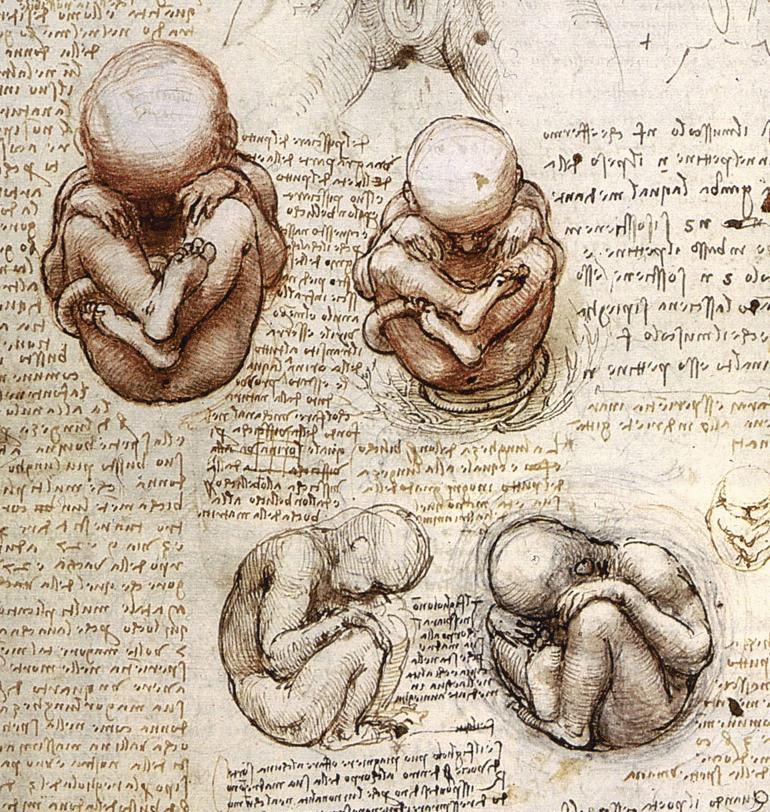In human fertilization the union of two cells, an egg and a sperm cell, creates a mass of cells which becomes a fetus during pregnancy. Fertilization usually takes place in one of the Fallopian tubes. The fertilized egg, known as a zygote, then moves toward the uterus where the blastocyst begins to embed itself into the endometrium. [1] [2]
At the beginning all humans are hermaphrodites. Only in week 6 the main development of sex organs starts in the embryo. [2]
The Testis-determining factor (TDF) is a DNA-binding protein which is released 6–8 weeks after foetus formation and is responsible for the initiation of male sex determination in humans. It works towards developing the dominant male characteristics like testicles, epididymides and penis. [3]
In the absence of TDF, the female embryo develops ovaries, fallopian tubes, uterus and vagina. [3]
As soon as boys notice that they have a penis, they start playing around with it. This has already been observed in a male fetus during its 7th month of pregnancy. The observation of its typical hand movements during a prenatal ultrasonography pointed out the uniqueness of this interpretation. In contrast, this behaviour hasn't been observed in female fetuses since their movements show fewer characteristics. [4]
CC0 // Wikipedia
List of sources:
https://commons.wikimedia.org/wiki/File:Views_of_a_
Foetus_in_the_Womb.jpg#/media/File:Views_of_a_
Foetus_in_the_Womb.jpg


